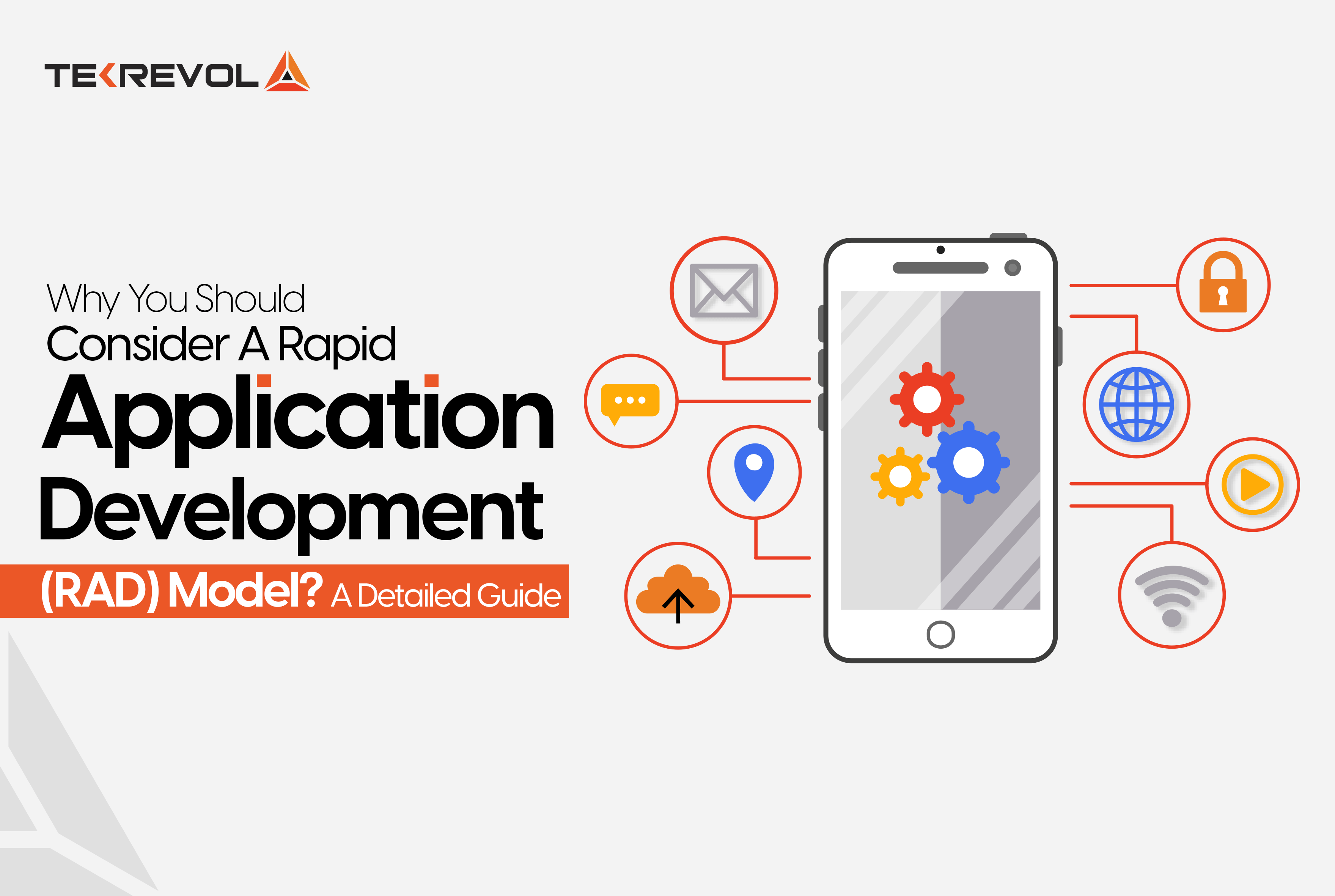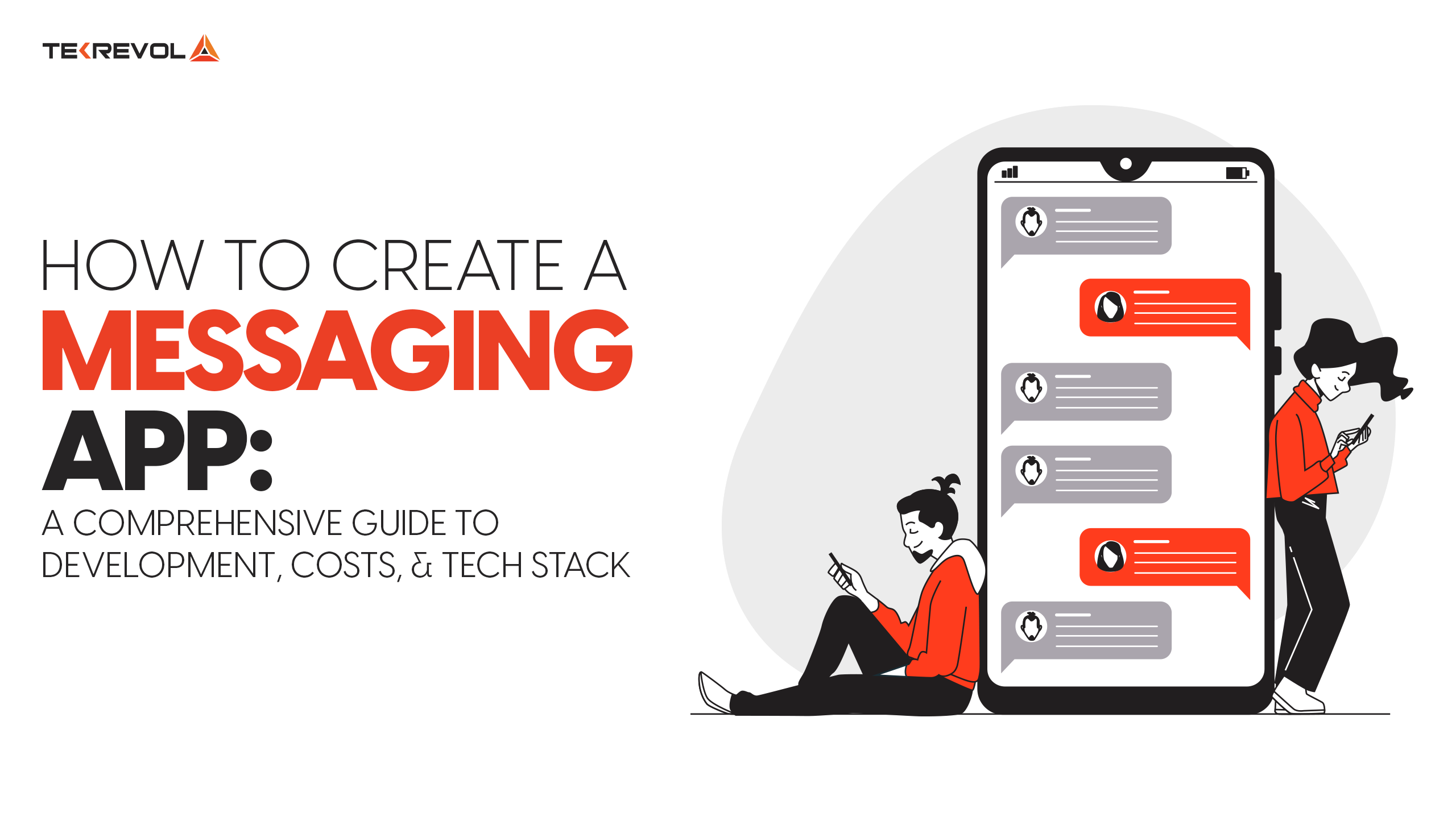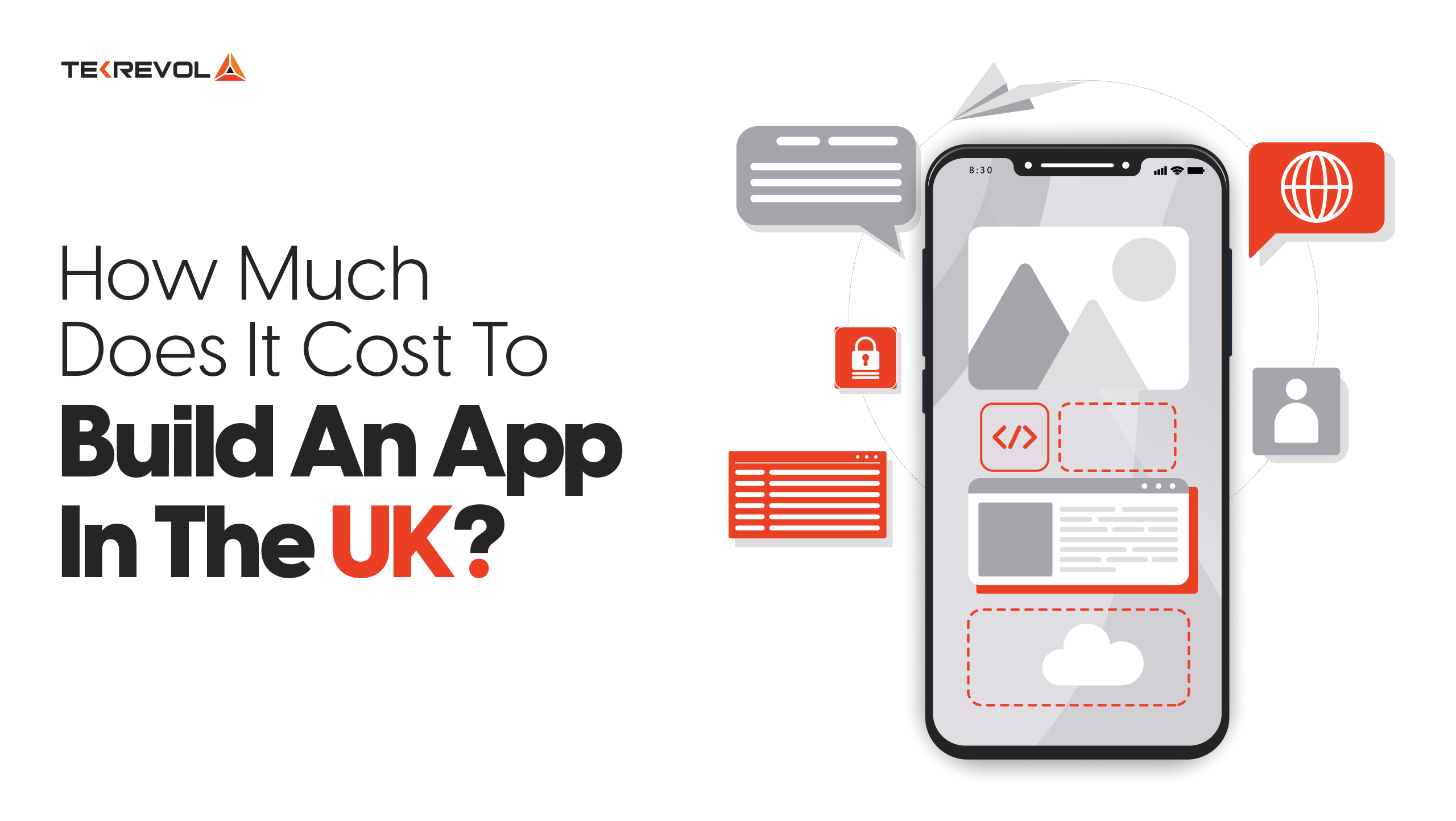Rapid application development model (RAD) is a faster and more cost-effective solution to modern-day demands for delivering a digital product without following a strict set of instructions; instead, it is to go with the flow.
Contrary to popular opinion, rapid application development is a custom software development procedure, not a specific tool or programming language, which emphasizes delivering products built on prototypes and client feedback.
Research shows that rapid application development is projected to grow at a CAGR of around 42% by 2026. It is a billion-dollar global market. We suggest you research and arrange business development practices accordingly.
This guide will go through a detailed breakdown of the rapid application development (RAD) process.
Here is what we cover:
- What is Rapid Application Development?
- Is rapid application development different from agile development?
- Is rapid application development right for your business?
- The four phases of rapid application development
- Advantages and disadvantages
- Toolkit required
- How you may built 10x faster with TekRevol?
Why Rapid Application?

RAD encourages a non-linear approach where one development phase has no dependence on another.
Different from the waterfall model, RAD is considered a part of agile development and is the go-to strategy for businesses uncertain about how they will take their app forward.
Most businesses fail to recognize the scope of user acceptance testing (UTA) – to create a product for the people; you need to know how the market reacts to it at every stage.
Rapid application development is malleable because a win-win situation is created. The product gets delivered far quicker, and the overall quality remains intact without recurring errors.
Prototyping is the main goal here. You can also resort to no-code or low-code tools while implementing a RAD strategy.
- Intrigued enough?
- Get in touch. We will evaluate your business strategy and see if rapid application development (RAD) is right for you.
Is Rapid Application Development Different from Agile Development?

So, agile development is a software development practice that emphasizes producing digital products through a collaborative effort. There is even an exclusive membership organization called Agile Alliance. Iterative development is the focus of agile. The goal is to pass through different development stages by delivering in sprints.
Meanwhile, a rapid application development model encourages project managers to work on creating prototypes and improving over time by reflecting on user feedback.
Agile and RAD are not far off from each other, though. The fact that both aim to establish a quicker workflow and improve cross-functionality among teams stands true.
Here is a more side-by-side comparison of the two models:
| Rapid Application Development | Key Points | Agile Methodology |
| RAD has a core concept of ideating prototypes and seeking product feedback to finalize the actual product. | Definition | Agile focuses on one stage at a time, and a systemic development procedure follows, a series of sprints in a group-like setting. |
| Developers deliver software prototypes that are product-oriented with little emphasis on design. | Development | With a collaborative program in place, developers work dynamically to help each other throughout different stages. |
| RAD enables managers to showcase the project through prototypes and other testing phases before final product delivery. | Work | With the agile philosophy, public access is only allocated after a dozen iteration stages. |
| To deliver a product quickly, businesses should access existing code or previous libraries for reference. With a RAD model, specific requirements have to be met. | Summary | Applying agile when dealing with smaller projects is not suitable. Once you divide its stages into different chunks and dedicate teams to it, cross-collaboration does not work. |
Is Rapid Application Development Right for Your Business?
During the business development stage, it is essential to have an outline and a clear-cut idea of where you will be moving forward and the kind of category your product falls under.
A one-word answer would be that rapid application development is ideal if there are low stakes and the delivery time is crucial. However, still, you should know client demands and what the end-user needs.
If calculations and accuracy are vital factors, uncertainty will pop up. A RAD model is designed to focus on the delivery part foremost. Despite claiming that there will not be any compromise on the quality assurance (QA) stage – we can never be sure when the timeframe is short.
An example: If your company is launching an on-demand service similar to Uber that would help people navigate around the city, fare calculation and geolocation accuracy are essential here. When releasing prototypes, clients can give feedback on how the estimates came along. The process will be ongoing. Your app will improve gradually until it becomes perfect when finalized.
Another example (RAD does not apply here): In the case of telemedicine and doctor appointment apps, mainly if someone were to schedule an appointment, accuracy must be flawless; life is at stake here. Geolocation and details about the doctors’ credentials matter here. Applying RAD would cause a negative long-term impact. In the worst-case scenario, the end-user could end up in a catastrophe due to the app’s behavior.
Now, there are three questions we have prepared. Read and evaluate what you will do. It will help you make a better decision.
1. What kind of product are you aiming for?
Remember that rapid application development is all about testing repeatedly. Each phase requires extensive assessment and breakdowns throughout. Depending on the industry you break into, there should be room for trials and errors.
Not every industry can give companies enough leverage to run tests and experiments; precision matters sometimes. Before you initiate your project, try to figure out its category.
Rapid app development is designed for businesses that emphasize product feedback and desire an outcome built on constant improvisation. But yes, it is understandable that some companies cannot operate this way; an ideal environment might be required.
2. Are you able to get insights from clients and partners?
Rapid app development as a model has been successful so far because it entirely relies on end-users and investors for all sorts of inputs and feedback. Do you have an audience in mind? Venture capitalists on board? Will they cooperate and collaborate?
What kind of incentives will your company offer? How will you convince them? Reflect on the questions and develop a detailed outline for user-testing purposes.
A RAD model is only effective if you have people ready and willing to help you.
Note: there should be no communication gap while you look for commitments. It’s a continuous journey; hence, acquire frequent feedback.
3. How quickly can your team deliver?
Now, it is crucial to consider that companies opt for rapid app development when looking for a quicker alternative with little to no compromises.
When executing code and trying to create a product where continuous iteration is required – your team (design and product) will need to strategize and coordinate better.
A RAD model requires dedication in terms of delivering workable prototypes again and again. The tools your team is equipped with will define the structure of the work and how the workflow will progress. Throughout the development journey, there will be reiterations.
Ask questions, and you will know if a RAD model works for your business. Will you be able to deliver such a project? Will there be any disruptions?
Read more: How to Lead with Your App Idea in 2022
The Four Phases of Rapid Application Development: A Walkthrough
Understand that the exact methodology will differ depending on the scenario and the project requirements, but the overall idea of rapid application development (RAD) stays consistent. We will uncover four phases:
1. Research and Development
It is understood that RAD is spontaneous, and there is room for changes and improvisations every while. Still, nonetheless – your team and the partner should go through a research and development (R&D) stage where the concept is finalized and a blueprint idea is formed.
Once a broad idea of a digital product is conceived, you need to set up a systematic arrangement where another follows each stage, but instant modifications are ready. The designers, developers, and product strategists should coordinate to determine the development cycle.
If we break it down in parts – this is what project stakeholders need to look at:
- Timeline
- Expectations and goals
- Budget
The ideal plan would be to take insights from the client and see how it connects with the bigger picture during research – eventually assuring the development cycle goes well without any interruptions or communication gaps.
Approval from every end is necessary here. You need to set a tone and see if it gets approved concerning each stakeholder.
2. App Prototype
During this phase, delivering a workable product to the stakeholder is the main goal while acknowledging that the prototype will require revisions and iterations of all sorts. Regarding workload, there is more emphasis on ensuring the product is functional than the design element.
As long as a workable design is present, the product is ready-to-go. As the project takes shape, it keeps evolving, depending on the requirements. The app prototype stage is a continuous period where the product keeps progressing until it is up to the mark and the final product is market ready.
Rapid development of an app prototype assures a nature where the user is involved, and their feedback is instilled during the development cycle – and once it is in place – it is easier for developers and designers to make changes and reevaluate the product in terms of both design and functionality.
There is less room for error when prototypes are initiated and released, and all sorts of bugs are evaluated earlier through testing and debugging. In terms of evaluating whether a complex feature will work or not and how the reception will turn out to be, prototyping helps.
3. Working on Feedback
Now, once the prototype is prepared and ready for display for VCs and end-users, we should resort to better initiatives and focus on collecting feedback and formulating the features and the interface once again.
The project is supposed to be designed to go through several revamps; that is the point of a rapid application development (RAD) model.
As part of the rapid construction process, you are supposed to address client concerns and work on creating a better model that remains sustainable in terms of business but satisfies how clients perceive the project.
Also, it is essential to acknowledge that not every concept will work out during the prototype stage, and initiating iterations is not a sign of setbacks or anything – it is an opportunity to discover new ideas and input suggestions – eventually delivering a state-of-the-art final product.
4. Releasing the Final Product
This is the last phase where the product is supposed to go through optimization and stability tests – along with several other revamps before a fully-fledged product is released to the public.
Developers are occupied with ensuring seamless integrating between backend data and analyzing what parts are supposed to be moved to the production environment. Aligning features and functions with intended user requirements is the goal during this phase – the app is about to go live.
In addition to the prototype, the stakes are higher here, and full-scale testing is commenced to ensure an ideal product is launched – this is where the RAD cycle ends, and the delivery completes.
Advantages and Disadvantages: Rapid Application Development
To help you understand if RAD is designed for your project requirements, we have prepared a detailed side-by-side comparison listing the benefits and drawbacks. Let’s take a look:
| Advantages | Disadvantages |
| Early Reviews
The development and design team can quickly reiterate together and review barriers and bugs far before the product launch stage – enabling a faster workflow. |
Team Requirements
For a proper flow of RAD-based projects, the entire team must be on the same page and should comply with modern-day technical practices.
It is a phase-by-phase process where an all-around competent team is essential. |
| Adaptability and Classification
Every component is categorized and separated in a RAD model environment.
It is adaptable in that sense when it comes to modifying functions and drastically altering the source code. |
UX/UI and Backend Development
Sometimes, clients base their requirements and iterations on what they can see and interact with.
Usually, the prototype is ideally integrated with backend features but lacks the interface-based design supplement. |
| Quick Deliveries
Optimal and productive use of RAD development tools and low-code structures when releasing a product ensures quick delivery.
While the final product gets ready – clients can always test out prototypes. |
Modular Systems
Throughout the RAD process, there will be disruptions and disorder (in a good way) – allowing room for error and testing.
A modular setup means frequent changes and modifications. It is a plus point for most RAD-based projects, still not specifically planned for every product. |
Rapid Application Development Tech Stack: Different Phases
More than the methodology and the strategy devised throughout the development cycle, Rapid application development (RAD) works because there are additional tools to help simplify the process. One phase after another – a set of tools is ready to streamline everything.
Here’s a general overview of different tools:
- User design: Adobe XD, InVision, Mockplus, Sketch, and Webflow.
- Feedback evaluation: Conjure, Red Pen, Validately, and UserTesting.
- Development side: Kony, Spring Tools, and Quickbase.
All the development tools are premeditated to create projects that are low-code based and focus on quicker timeframes. A modern workflow is where tools can figure out the problem for testing and doing iterations. And to build an interactive design for clients and partners to see, there are speed-oriented tools.
TekRevol and Rapid Application Development (RAD): Build Faster up to 10x
For a rapid application model to successfully work through over a shorter period, you need the right people on board. Adapting a new methodology and getting all stakeholders to agree and come together to build a team takes time. Dedicating time for resource allocation is also part of the procedure.
TekRevol believes in cultivating a culture where our partners and clients can refinish through a digital transformation journey.
Over the years – we have helped companies scale up and go beyond the ordinary. With insights from your end and our collaborative intuitions, we can connect to build a RAD-approved digital product that drives substantial growth for your business.
- Build a RAD Product
- Do you think RAD is the right fit?

 2095 Views
2095 Views August 17, 2022
August 17, 2022









